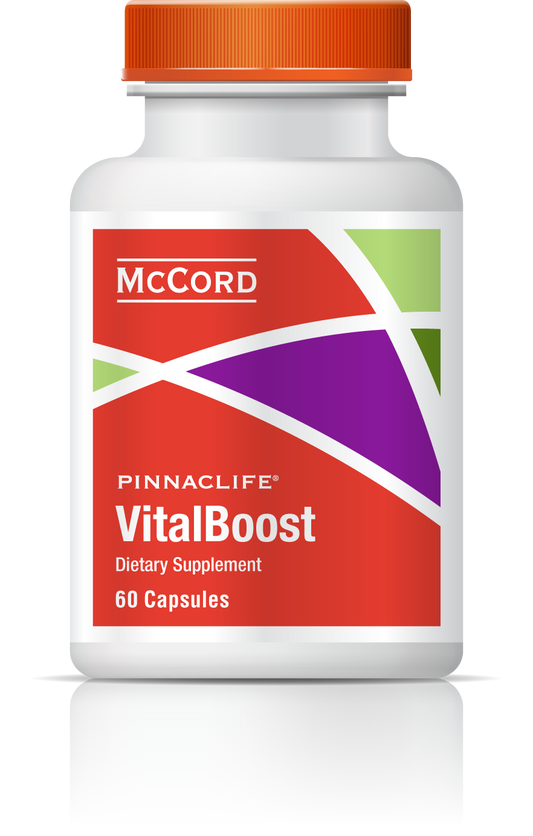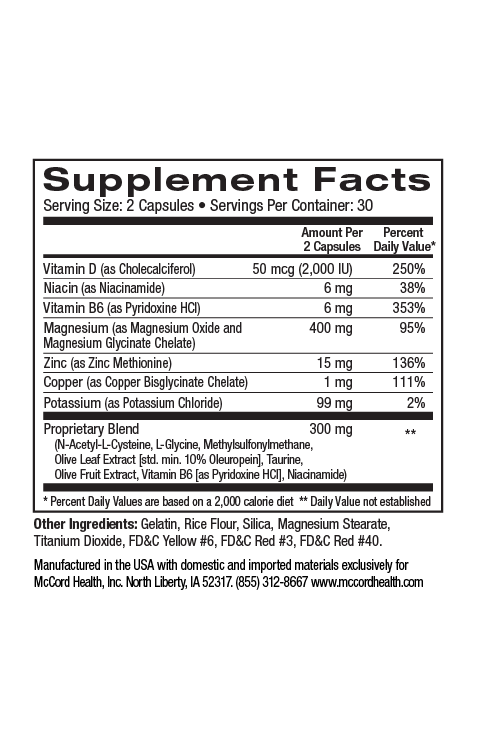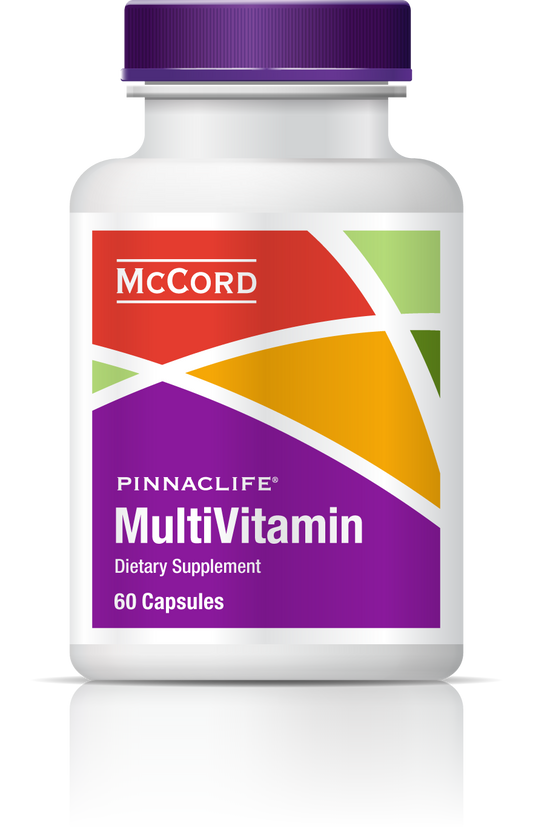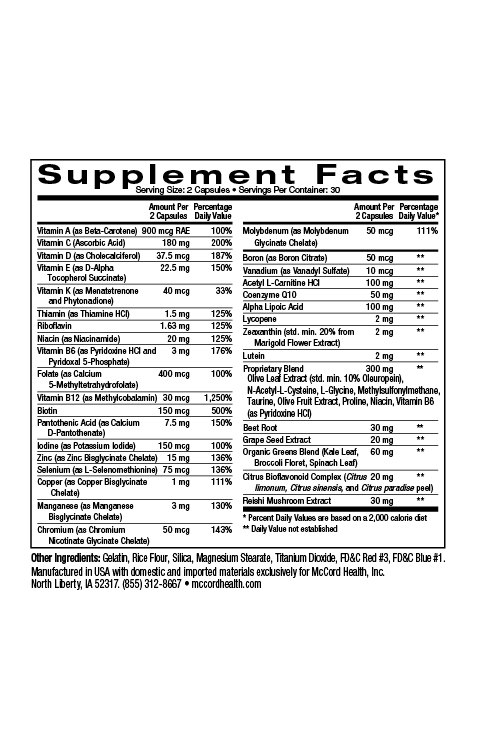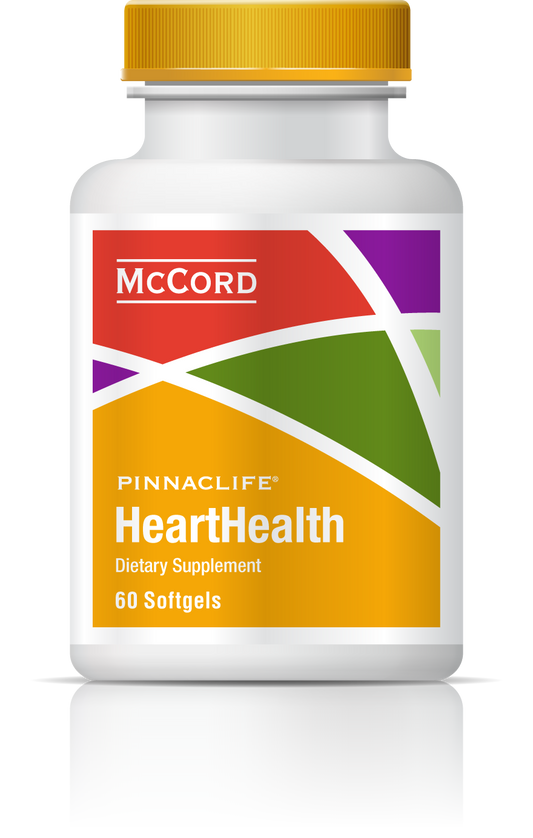Epigenetics describes the phenomenon of factors influencing the way our genetic code is expressed, through subtle modifications that can activate and deactivate specific genes. Environmental factors including diet can impact your genetic code and change the way your body responds to processes of disease and aging.
- Diet can change how your body responds to disease and aging
- Epigenetics describes how certain factors can alter the way our genes are expressed
- Vitamin D is an epigenetic factor that affects the expression of over 900 genes including some that boost your immune system
- Researchers found that key genes involved with aging help orchestrate the production and utilization of the amino acid, glycine
- Adequate levels of nutrients including glycine can affect aging and improve cellular health
Nature vs. Nurture: Can we Influence Our Genes?
We frequently hear the debate about nature versus nurture that asks the question if we are more a product of our genetic code or the environment that we live in. But what if you could alter your DNA to improve your chances of living a long and healthy life through simple dietary choices? When DNA was first discovered and the science of genetics began, it was thought that a person’s genetic code functioned somewhat independently of the environment. Basically, you are what your genetic code says you are and nothing can change that. This concept holds true for many traits such as the color of your eyes and hair, but as we understand more about genetics, we are beginning to learn that our environment and diet may have more effects on our genes than first thought.
Take cancer as an example. We know that someone can be born with a set of genes that all but guarantees they will develop a certain type of cancer. But we also know that some environmental factors such as cigarette smoke, air pollution, chemical exposures, and ultraviolet radiation from sunlight or tanning beds can increase a healthy person’s risk of cancer by modifying (mutating) our DNA. In the first case, a person starts with “unhealthy” DNA and gets cancer, while in the second case a person starts with “healthy” DNA that later becomes unhealthy, still resulting in cancer.
Epigenetics
More recently, our understanding of genetics and the interplay with our environment has progressed even further into a field of study called epigenetics. Epigenetics describes how certain factors can alter the way our genes are expressed by turning them on and off through reversible but heritable mechanisms.1
Gene expression can be altered by factors produced naturally in your body, such as hormones or metabolic waste products, but can also be altered by environmental factors such as your diet and exposure to stress. So a person that has “healthy” DNA has some genes that can help fight cancer and others that can cause cancer, and their health is dependent on which of those genes are turned on or turned off.
To better illustrate this, consider sunlight, skin cancer, and Vitamin D production. Ultraviolet light from the sun can cause oxidative stress and damage to the DNA in your skin cells, increasing your risk of developing skin cancer. This is an example of a mutation that directly alters the genetic code. But ultraviolet light also interacts with your skin cells in a positive way, stimulating the production of Vitamin D. Vitamin D is an important epigenetic factor playing a role in the expression of over 900 genes including some that boost your innate immune system.2,3 This epigenetic effect is reversible and entirely dependent on the amount of Vitamin D in a person’s blood stream. If you have enough Vitamin D certain genes are turned on and your immune system works well. If you don’t have enough Vitamin D, certain genes are turned off and your immune system doesn’t work as well. Regardless, your DNA is still perfectly intact and your original genetic code is unmodified.
Role of Glycine in Epigenetics and Aging
So what does this have to do with aging and glycine? For many years we have thought that aging and many diseases are a result of an accumulation of irreversible mutations of your DNA. However, new research has shown that aging may not only be a result of accumulated genetic mutations, but is likely also dependent on epigenetic expression within the cell. More simply put – our DNA can be perfectly fine and free of mutations, but either the wrong parts of it are turned on or the right parts are turned off, resulting in aging and other disease processes.
Specifically, researchers have determined that there are a couple of key genes involved with the aging process that help orchestrate the production and utilization of an important amino acid called glycine.4 When these genes are turned off, the cell becomes starved of glycine and this causes problems in how the cell creates certain proteins. This disrupts many cellular processes resulting in impaired cellular respiration, metabolism, and longevity. When they provided the cells with adequate glycine, it actually reversed the signs of cellular aging and returned the cells to a healthy and “younger” state. One reason this discovery is especially exciting is that while genetic mutations are very hard to correct, improving epigenetic expression can be relatively easy through simple and safe dietary and lifestyle modifications.
Epigenetic Modification
At McCord Research, we recognize the important role that certain nutrients like glycine play in cellular and mitochondrial health. That is why glycine was included as a key ingredient in our patented Proprietary Blend formula. Our research has shown that the precise balance of nutrients in Proprietary Blend is capable of improving cellular antioxidant capacity and longevity through epigenetic regulation of key anti-aging genes and proteins including FOXO3A, MnSOD, and glutathione.5,6 When we remove any single ingredient from the Proprietary Blend formula, we do not see the same results, proving that it is the precise balance of all Proprietary Blend ingredients, including glycine and hydroxytyrosol from olive leaves, working together to remedy oxidative cellular damage and facilitate cellular health.
It is exciting to know that the nutrients you provide your body can have such dramatic effects on improving your health, even potentially reversing some of the effects of disease and aging on a genetic level.7 Our increasing understanding of epigenetics is helping to identify some of the important tools that our bodies are equipped with and how we can effectively utilize those tools with safe and natural targeted interventions including the McCord Research Proprietary Blend Nutritional Supplements to promote a long and healthy life.
References
- Dupont C, Armant DR, Brenner CA. Epigenetics: Definition, Mechanisms, and Clinical Perspective. Semin Reprod Med. 2009;27(5):351–357.
- Kamen DL, Tangpricha V. Vitamin D and molecular actions on the immune system: modulation of innate and autoimmunity. J Mol Med (Berl). 2010;88(5):441–50.
- Fetahu IS, Höbaus J, Kállay E. Vitamin D and the epigenome. Front Physiol. 2014;5(164):1–12.
- Hashizume O, Ohnishi S, Mito T, et al. Epigenetic regulation of the nuclear-coded GCAT and SHMT2 genes confers human age-associated mitochondrial respiration defects. Sci Rep. 2015;5(10434):1–10.
- Sarsour EH, Kumar MG, Kalen AL, Goswami M, Buettner GR, Goswami PC. MnSOD activity regulates hydroxytyrosol-induced extension of chronological lifespan. Age (Omaha). 2012;34:95–109.
- Aquilano K, Baldelli S, Ciriolo MR. Glutathione: new roles in redox signaling for an old antioxidant. Front Pharmacol. 2014;5(196):1–12.
- Hardy TM, Tollefsbol TO. Epigenetic diet : impact on the epigenome and cancer. Epigenomics. 2011;3(4):503–18.
Disclaimer: These statements have not been reviewed by the FDA. These products are dietary supplements and are not intended to treat, cure, or prevent any disease. The decision to use these products should be discussed with a trusted healthcare provider. The authors and the publisher of this work have made every effort to use sources believed to be reliable to provide information that is accurate and compatible with the standards generally accepted at the time of publication. The authors and the publisher shall not be liable for any special, consequential, or exemplary damages resulting, in whole or in part, from the readers’ use of, or reliance on, the information contained in this article. The publisher has no responsibility for the persistence or accuracy of URLs for external or third party Internet websites referred to in this publication and does not guarantee that any content on such websites is, or will remain, accurate or appropriate.

